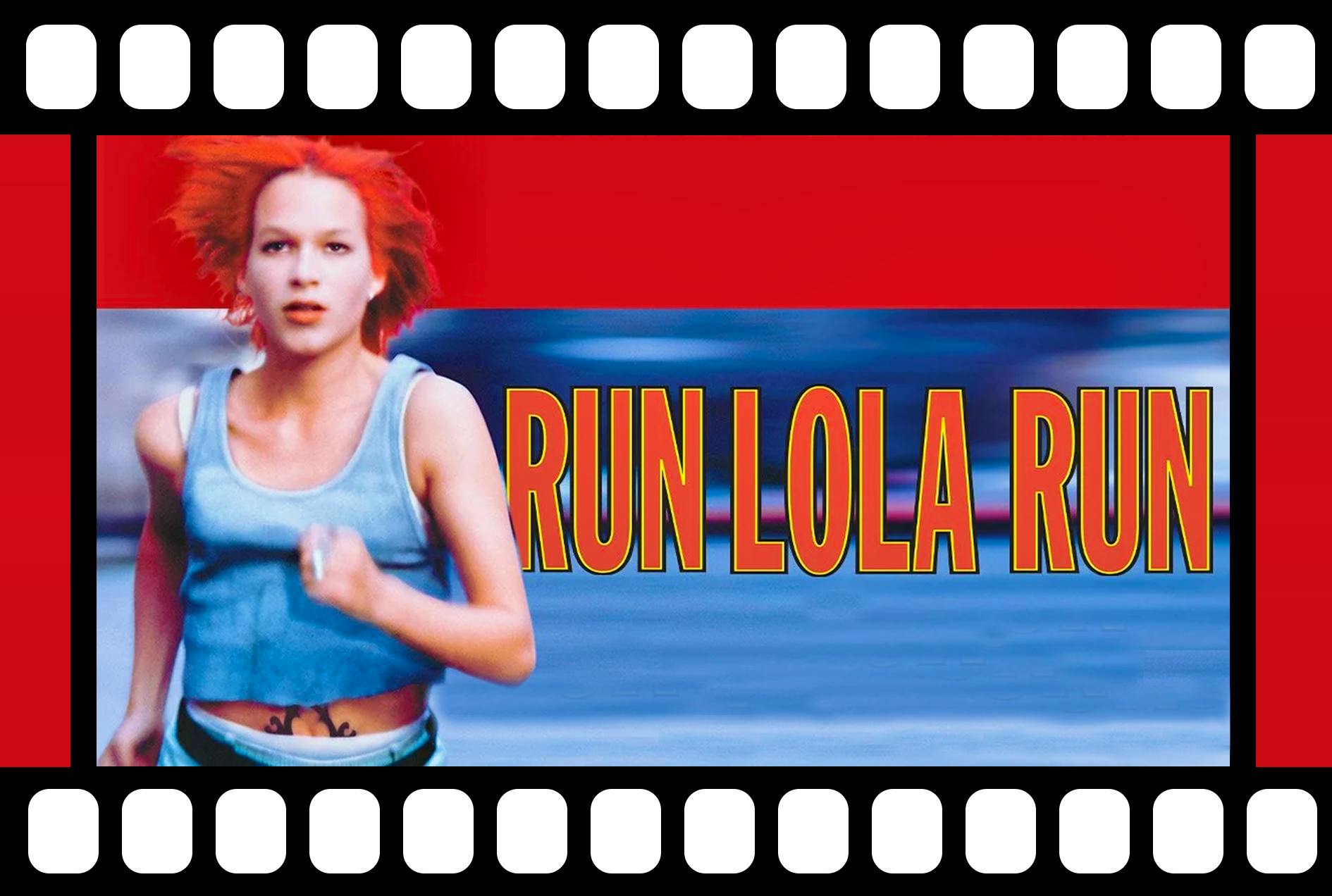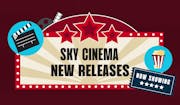Run Lola Run and nonlinear narratives
Time keeps on slipping…

Following its release in 1998, German indie thriller Run Lola Run quickly became a cult classic. The film follows the titular Lola (Franke Potente, with her now-iconic red hair) as she attempts to raise 100,000 Deutschmarks for her hapless criminal boyfriend - in 20 minutes.
She fails. But the film then resets and follows her as she starts her mission again, this time taking a different path with vastly different outcomes.
Credit: RUN LOLA RUN - Official Trailer (Sony Pictures Classics, YouTube)
Run Lola Run’s time-bending, experimental structure is, undoubtedly, what helped to make it the enduring classic that it is today, and with the 25th anniversary of the film’s release hitting this month, we’re taking a look at some other great examples of movies with twisty, nonlinear narratives.
Memento (2000)
Credit: Memento (2000) Trailer #1 (Rotten Tomatoes Classic Trailers, YouTube)
Christopher Nolan’s breakout film, Memento might just be the prime example of nonlinear storytelling. It employs flashbacks, scenes filmed in black and white and whole story strands shown in reverse-chronological order. The result is a tangled knot of a movie that’s a joy to unpick.
Leonard Shelby (Guy Pearce) suffers from anterograde amnesia, meaning he can’t store recent memories. Despite this, Leonard is hunting the men who killed his wife and left him for dead, using notes, Polaroids and tattoos to keep track of his investigation.
A brilliant neo-noir puzzle box film that’s maybe even more fun to watch the second time around. Or the third. Or the fourth.
Pulp Fiction (1994)
Credit: Pulp Fiction - Official Trailer (Miramax, YouTube)
No discussion of nonlinear narratives would be complete without Quentin Tarantino’s 1994 masterpiece Pulp Fiction. It’s practically an anthology film, weaving together several disparate but interconnected stories into a cohesive, satisfying whole.
Every segment is a schlocky crime tale - the ‘pulp fiction’ of the title - exploring archetypal characters like an over-the-hill boxer on the run (Bruce Willis), a sinister crime boss (Ving Rhames) and a pair of bickering assassins (John Travolta and Samuel L Jackson). It was a smash hit on release and remains as popular as ever. Some of its setpieces have even become iconic: the dance contest, the interrogation, the infamous pawn shop sequence.
But while the film is undeniably cool and endlessly quotable (Say ‘what’ again, I dare ya), one of its most enduring features is the way it’s put together. Every segment is jumbled up and told completely out of order, which makes its stories feel almost mythic. We’re left with the impression that they have all happened before and they’ll all happen again.
Arrival (2016)
Credit: Arrival Trailer (Paramount Pictures, YouTube)
At first glance, Denis Villenueve’s Arrival (based on Story of Your Life by Ted Chiang) seems to be a fairly straightforward - if visually stunning - alien visitation drama. A spaceship appears in the skies above Montana, and linguist Louise Banks (Amy Adams) and physicist Ian Donnelly (Jeremy Renner) are dispatched to make contact. Interspersed throughout are flashbacks of Louise’s daughter, and her tragic death at a young age.
It’s only when Louise begins to understand the aliens’ language - and thus their unique way of perceiving time - that we discover the truth. We weren’t seeing flashbacks at all. We were experiencing time as Louise now does: past, present and future all at once. Her daughter is yet to be born.
What follows is a fascinating exploration of the nature of time and predetermination, with a beautiful, gut-punch ending. A modern sci-fi classic.
Edge of Tomorrow (2014)
Credit: Edge of Tomorrow - Official Trailer 1 (Warner Bros. Pictures, YouTube)
With its constant repetition and variation of key events, Run Lola Run has a lot in common with time loop movies. There are some absolute classics in this genre, from Groundhog Day to more recent efforts like Palm Springs and Happy Death Day, but despite the none-more-generic title, Edge of Tomorrow remains an underseen gem.
Loosely based on the manga All You Need is Kill by Hiroshi Sakurazaka, this tells the story of William Cage (Tom Cruise), a soldier in the war against a highly-advanced alien invasion force who finds himself stuck in a loop: every time he is killed, he ‘respawns’ and lives the day all over again. Eventually, under the wing of legendary war hero Rita Vrataski (Emily Blunt), he learns to do things differently and break the cycle.
A truly fun spin on the old Groundhog Day formula, and perhaps the closest a movie has ever gotten to capturing the feeling of playing a video game. If nothing else, it’s worth a watch just to see Tom Cruise get murdered over and over again.
Mulholland Drive (2001)
Credit: Mulholland Drive - Official Trailer (StudiocanalUK, YouTube)
Peppered with non sequiturs, woozy visuals and dream logic, David Lynch’s divisive 2001 classic Mulholland Drive is a brilliant example of off-kilter storytelling. On the surface, the film follows young wannabe actress Betty (Naomi Watts) as she strikes up a relationship with mysterious amnesiac Rita (Laura Harring).
Of course, this being Lynch, nothing is quite as it seems. There are several interconnected, complimentary story strands, actors playing multiple roles and a mysterious, otherworldly cowboy. What’s more, a big chunk of the whole thing might just be the imaginings of one of the characters.
In a word, it’s… complicated. And still very much open to interpretation, twenty-odd years later. But the whole thing is a dark, glossy delight. Also, bonus points for the infamous diner/tramp scene, which will never not be terrifying.
Sliding Doors (1998)
Credit: Sliding Doors - Official Trailer (Shout! Studios, YouTube)
At first glance it might seem like a bit of an unexpected choice, but this 1998 romantic comedy/drama starring Gwyneth Paltrow has more in common with Run Lola Run than any other movie on this list. Both films draw heavily on 1987’s Blind Chance, directed by arthouse filmmaker Krzysztof Kieślowski, and explore themes of cause and effect.
In Sliding Doors, we follow two divergent timelines: in one, Helen Quilley misses her train home, and in the other she manages to catch it. While it might not have the same pulse-pounding action as Run Lola Run, the film is a great exploration of the butterfly effect and how lives can change dramatically based on the smallest decisions.
















